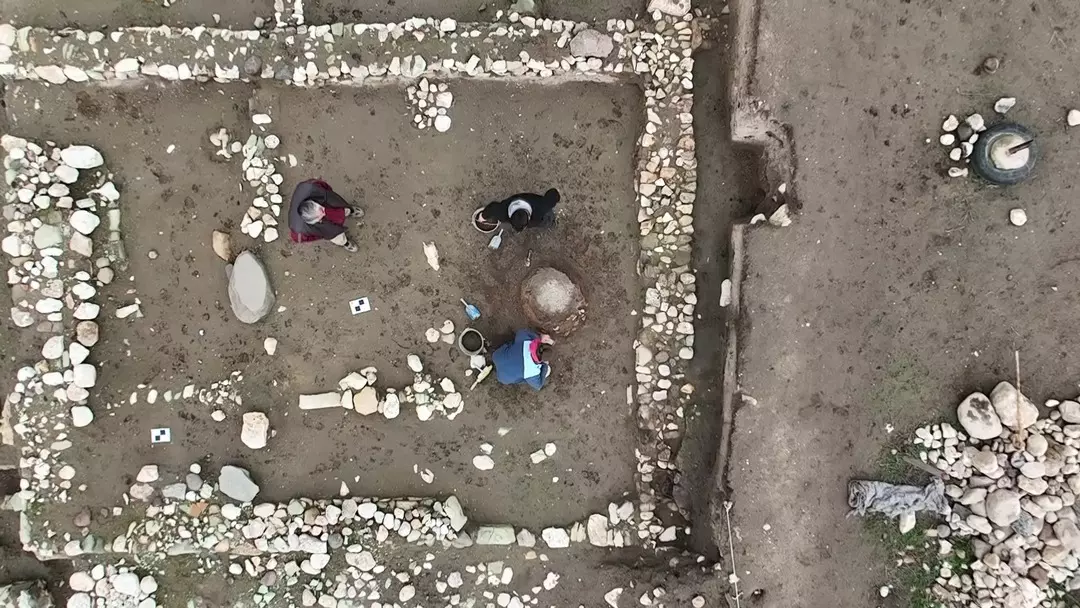A long-forgotten marble slab reveals a new piece of ancient history.
According to The Independent, historians in the UK have finally deciphered the meaning behind a 2,000-year-old inscription from Ancient Greece—a discovery that brings a fresh glimpse into the lives of young Athenians under Roman rule.
The marble plaque, which had been stored untouched in the collection of National Museums Scotland for over 130 years, had remained unread until now. Speaking to NPR, Professor Peter Liddel of the University of Manchester—also a member of the editorial board of the Attic Inscriptions Online project, which published the new translation on May 31—emphasized the importance of the find:
“This is one of the very few ancient inscriptions in Scotland, and one of just three from ancient Athens housed in Edinburgh. That alone makes it a thrilling discovery.”
What Does the Inscription Say?
The plaque reads like an ancient yearbook. It lists the names of young men who had entered a formal stage of Athenian life known as the ephebeia—a year-long military and civic training program that began around the age of 18, designed to prepare them for adult responsibilities as citizens.
The researchers identified 31 names on the stone. Some of them were nicknames, such as Theogas for Theogenes and Dionysas for Dionysodoros. The use of these shortened names was uncommon in formal inscriptions, which led scholars to believe it reflects a sense of camaraderie among the young men. This roster is likely a partial list, with the full class estimated to include around 100 individuals.
The final line of the inscription includes the phrase "of Caesar", a reference to Emperor Claudius, who ruled the Roman Empire from 41 to 54 CE. This key detail helped date the plaque to his reign.
A Unique and Unexpected Discovery
Initially, researchers assumed the slab was a replica of a known inscription. However, upon closer examination, it became clear that this was an entirely new document—something previously undocumented.
“When we looked more closely, we realized this wasn’t just a copy. It was something completely different—new and unique,” Liddel explained.
Piecing Together the Past
As Liddel points out, new discoveries like this one play a crucial role in expanding our understanding of ancient history.
“We don’t have objective, continuous accounts of the ancient world. What we do have are fragments—and from those, we must reconstruct the past. This inscription is one of those precious fragments.”









